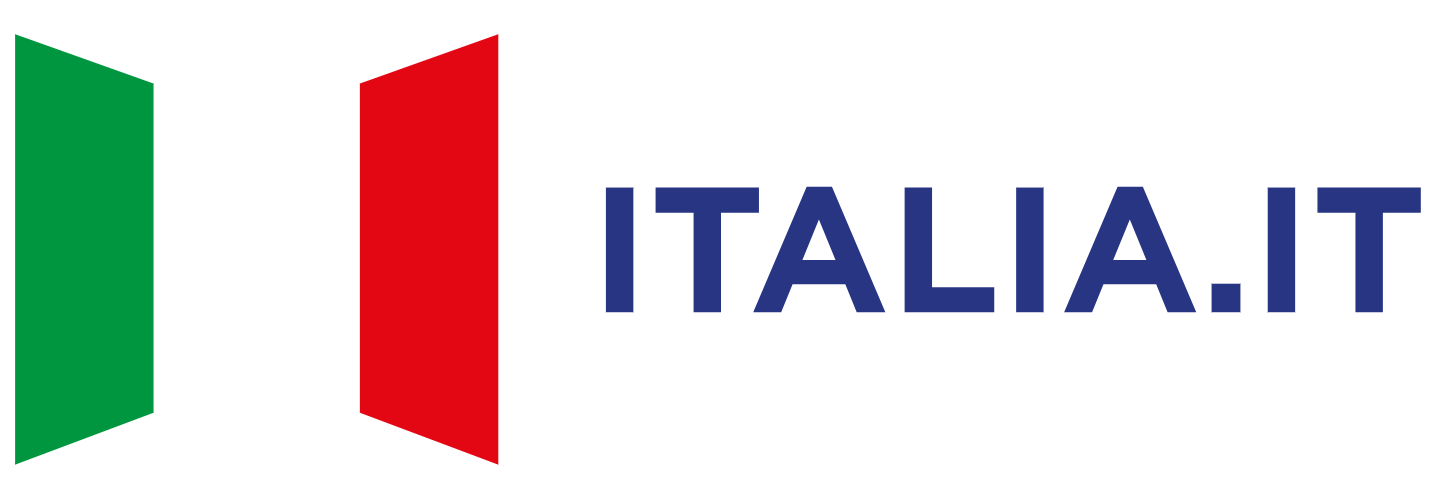ENIT presents data on Italian tourism trends at ITB Berlin

- Germany, France, the UK and the USA are the main markets choosing Italy for their holidays
- Food and wine tourism has grown by 176% in the last 10 years, with almost 365 million euros spent last year on these experiences by foreign visitors alone. The correlation between exports and incoming tourism in Italy is significant; indeed, the countries topping the agri-food product export rankings are also top for visits to Italian cities
- Under-35s are willing to spend as much as 10% more on holidays provided that they are eco-friendly
- Open-air tourism is popular among international travellers, particularly the Germans, Americans and French
- Germany is one of the countries most keen on holidays in Italy, with more than 43% of Germans having visited this beautiful country at least three times and 44% set to return in the next three years. 1.2 million passengers are expected to arrive from German airports by June 2025
- Ivana Jelinic, CEO of ENIT, the Italian National Tourist Board, says: “Promotion of Italy abroad is effective. We put in place a supply chain that creates value and investment, thanks to the return in terms of spending and stays by international tourists in our country”
Rome/Berlin, 4 March 2025. ENIT is participating in ITB Berlin, the leading global event in the tourist industry. Following the inauguration of the ITALIA stand, attended by ENIT’s CEO Ivana Jelinic, Chair Alessandra Priante, Minister of Tourism Daniela Santanchè and Italian Ambassador in Berlin Fabrizio Bucci, ENIT wished to present the latest data on tourism trends and styles in Italy.
2024 arrivals are up on 2023: in first place among foreign tourists choosing Italy is Germany (14.8% in the first nine months of last year), followed by France (13.2%), the United Kingdom (7.5%) and the USA (around 5%). Of the reasons why foreign holidaymakers choose Italy (in addition to the traditional art and culture attractions) food and wine holidays have produced a significant figure, growing by +176%. From niche experiences in the early 2000s, these have now become an established trend. International tourists alone spent 363 million euros last year on Italian food and wine, a sector that not only showcases the well-known tourist destinations but also invites exploration of Italy's inland areas, traditions and flavours. In terms of volume, 1.1 million foreign visitors choose this type of holiday, spending 1.8 million on overnight stays for food and wine experiences. Germany also ranks among the top markets for overnight stays for food and wine tourism, with more than 100,000 travellers staying for 361,000 nights, totalling over 58 million euros spent on this type of holiday alone. This highlights a direct correlation between the export of Italian products and incoming tourism. Exported excellent Italian products, indeed, constitute Italy’s number-one ‘calling card’ abroad, attracting incoming tourists. Agri-food products are leading the way, with exports of these amounting to approximately 34 billion euros in the first six months of 2024 (+7.1% compared to January-June 2023, with 2024 forecast to close at 70 billion). The main destination countries for Italian agri-food exports are Germany (15.4% of the total), the United States (11%), France (11%) and the United Kingdom (6.8%).
There is also a new form of regenerative tourism that goes beyond the concept of protecting the destination's environment and actively contributes to enhancing the area's natural and social ecosystem. It features joint initiatives with tourists for environmental restoration and waste collection at sea, on the coasts and in nature parks as well as for learning and sharing the techniques of production, harvesting and agricultural processing, handicrafts and local cuisine with fellow travellers. According to the latest Booking data, 44% of high-spending consumers in Europe, Asia and North America would be willing to increase their travel spending by 10% if this contributed to safeguarding the environment, while 39% of them would even be willing to spend over 10% more. This is a view shared by Italians, 64% of whom consider the environment and sustainability as factors that influence their travel decisions, a figure that rises to 71% among under-35s. Furthermore, according to ENIT data, 75% of Italians believe that the growth of sustainable tourism is crucial for the country's ecological transition, while 63% prefer local tourist destinations in order to promote proximity tourism and showcase historic Italian towns and villages.
Open-air tourism is another noteworthy new style: according to the latest available data, there are about 20,000 agritourism establishments in Italy offering over 295,000 beds. This is an open-air holiday formula for which incoming tourist numbers exceed 4.5 million, with a steady upward trend since 2018 (+11% in 2023). Open-air holidays are a choice that specifically attracts international tourists, in fact as many as 51% of them. Overall, these account for 16.6 million overnight stays, with international markets accounting for more than 60% of the total. Over the past nine years, the open-air sector has achieved growth of +62.7% for incoming tourists and +47.2% for overnight stays. In terms of attendance, the top 5 countries of origin are Germany, accounting for 41% of the international total, the Netherlands (8%), the United States (6.5%), France (4.5%), Switzerland and Liechtenstein (4.8%).
Naturally, there is also a focus on Germany, host of the ITB. Analysis of the perceptions and travel motivations of the German market reveals that Italy is especially popular due to its natural landscape - mountains, coasts and countryside (around 68%), its food and wine (56.7%) and its history and cultural heritage (50.8%). 83.2% of respondents have already travelled to Italy on holiday, and 43.2% of these more than three times. The most visited locations include art cities (67.4%), rural and hilly areas (45.2%) and mountainous areas (39.4%). Some 44% of respondents plan to return to Italy on holiday in the next three years, as also confirmed by airport bookings already made for 2025. A strong interest among the German market is evident: in the first six months of the year, some 1.2 million travellers are expected to arrive in Italy from Germany, Frankfurt (over 567,000 passengers), Berlin (over 437,000) and Munich (343,000) airports being the main departure hubs.
“Tourism is constantly evolving. Trends vary from year to year, and we must be capable of adapting quickly to these changes. We notice that young people put sustainability first when it comes to travel, and many international tourists prefer new experiences in the open air and discovering alternative destinations to the big cities. I believe we are on the right track and that promotion of our excellence abroad is effective, as shown by the correlation between Italian exports and incoming tourism. We make our offering known and go on to set up a supply chain that creates value and investment in Italy, thanks to the return in terms of spending and stays by international tourists in our country”, comments Ivana Jelinic, CEO of ENIT.
“Relations between Italy and Germany are a cornerstone of our economy, particularly for the tourist industry. Germany is the number-one source market for holidaymakers choosing Italy as a destination, and this is a tangible sign of the trust and appreciation the Germans have for our culture, history and natural beauty. In 2024, we recorded a significant increase in the number of German visitors, and our intention is to continue developing initiatives that will attract more and more tourists. Investing in tourism means investing in the future, and we are committed to increasingly promoting an Italy that is welcoming, innovative and equal to the expectations of German travellers, all year round. It is crucial that we strengthen these bonds, not only for tourism but also for the resulting business opportunities, creating a virtuous circle that will benefit both countries,” says Daniela Santanchè, Italian Minister of Tourism.
“Tourism is an indispensable source of wealth for our country, in economic terms but also in terms of culture and image. Italy is, indeed, among the word’s top ten countries for number of foreign tourists, led by Germany, where most visitors originate from, accounting for 14% of all incoming tourism in 2024. In the coming years, we expect an even greater number of German tourists, also thanks to the Milan Cortina 2026 Winter Olympics, in which more than 3,500 athletes from 93 countries will compete for 195 medals in the stunning setting of the Dolomites, declared a UNESCO World Heritage Site”, says Fabrizio Bucci, Italian Ambassador in Berlin.

